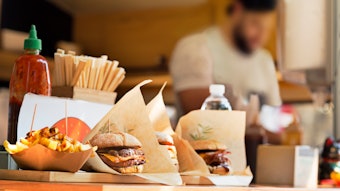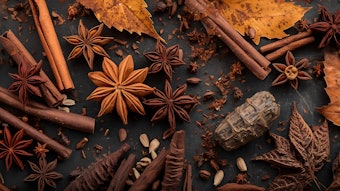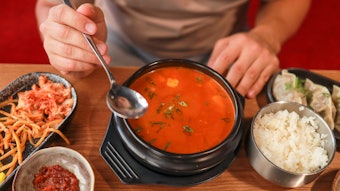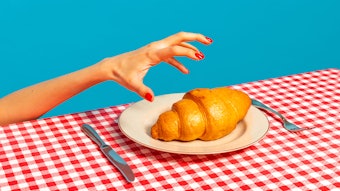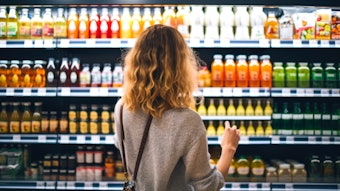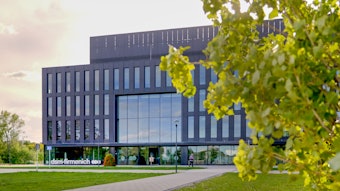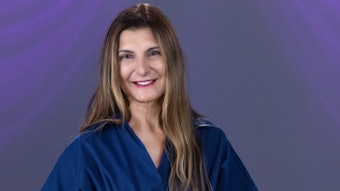
Mocktail. Zero-proof. No-booze. Dry drink. Alcohol-free. Near beer.
People are actively exploring and looking for alcohol alternatives. Social discussions are increasing at double-digit rates, but the lines defining the space are blurry for consumers (and formulators).
What is considered alcohol-free? Definitions vary from country to country, but generally, anything below 0.5% alcohol by volume (ABV) is not an alcoholic beverage. As with alcohol-free, enforced standards aren’t set for ABV classifications, but you can generally trust the ranges below to indicate the alcohol level for RTD drinks:
• Non-alcoholic: <0.5% ABV
• Low: 0.5%-3.9% ABV
• Mid: 4-6% ABV
• Mid-high: 6-8.9% ABV
• High: >9% ABV
Alcohol-free beverage options aren’t a new concept (the first non-alcoholic beer launched in the United States in 1919). Now, “Sober October,” “Dry January” and “National Sober Day” are evolving into traditions that permeate the consumer experience.
For the full article, please check out the Perfumer & Flavorist+ February 2022 issue.
